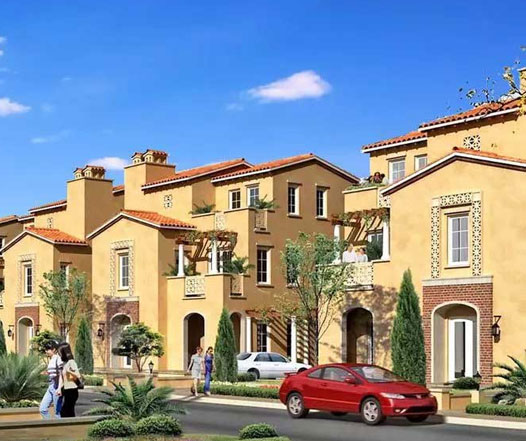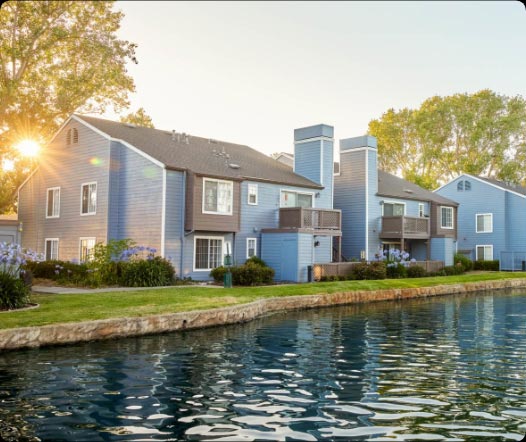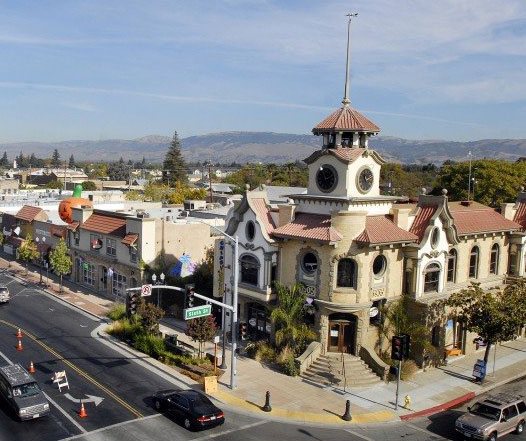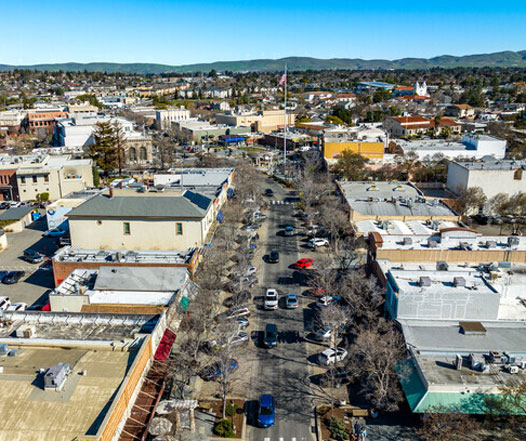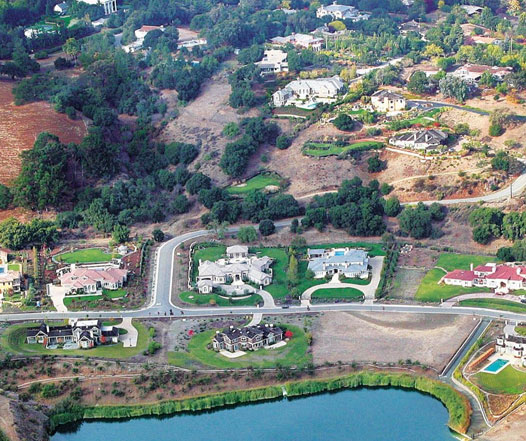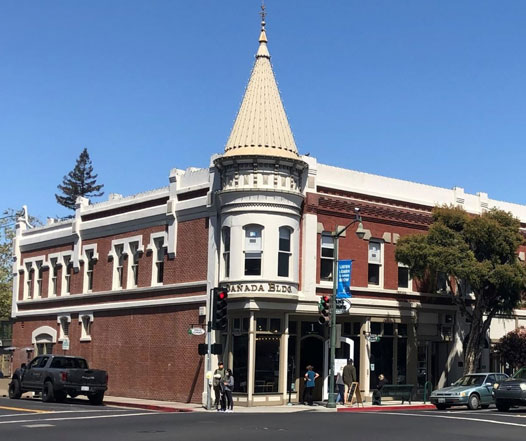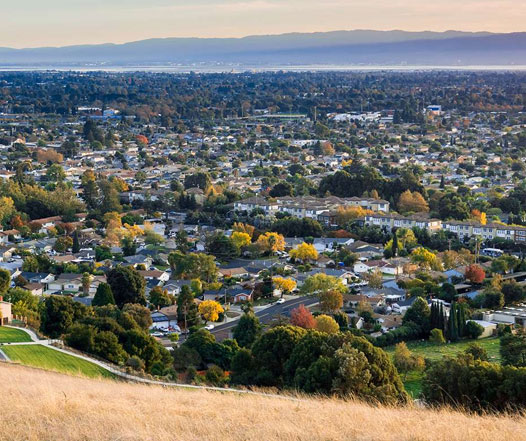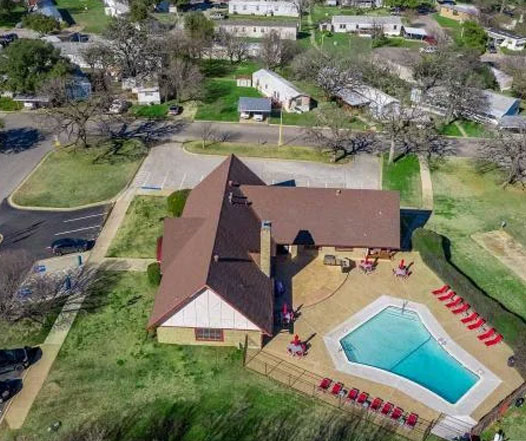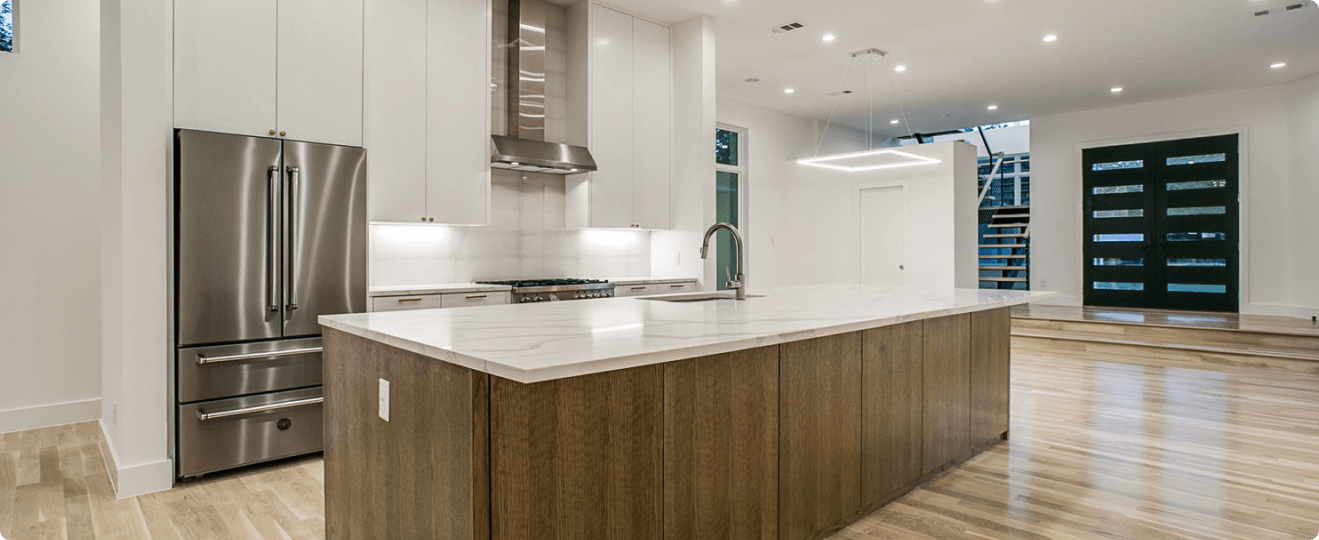
Introduction
Castro Valley, a scenic community in Castro County, offers clear and supportive regulations for the construction and management of Accessory Dwelling Units (ADUs). These regulations aim to provide flexible housing solutions while maintaining the character of the neighborhood. Navigating these regulations can be complex, but ‘ADU Specialist Bay Area’ is here to assist every step of the way. Our expertise ensures compliance with local laws and a smooth ADU development process, helping you maximize your property’s potential efficiently.
Essential ADU Rules for Castro Valley
What you can build
Maximum size
Up to 1,200 square feet
Side / rear setbacks
Minimum of 4 feet
Two stories
Permitted with specific conditions
Building separation
Minimum of 10 feet from the main dwelling
Permitting timeline
Standard
Typically 60 days for approval
Coastal
Not applicable
Zoning Regulations in Castro Valley
Castro Valley’s zoning regulations for ADUs ensure they blend with existing neighborhoods while providing additional housing options. ADUs are permitted in most residential zones with specific conditions to maintain community aesthetics and safety.
ADU Size Limitations
| Lot Size | Single-Family (Maximum Floor Area Allowed) | Duplex and Multi-Family (Maximum Floor Area Allowed) |
| Under 7000 | 700 sq ft | Not permitted |
| 7000 - 9999 | 800 sq ft | 1 ADU + 400 sq ft per existing unit (up to 1000 sq ft max) |
| 10000 - 12999 | 900 sq ft | 1 ADU + 450 sq ft per existing unit (up to 1000 sq ft max) |
| 13000 - 19999 | 1000 sq ft | 1 ADU + 500 sq ft per existing unit (up to 1000 sq ft max) |
| 20000+ | 1000 sq ft | 1 ADU + 550 sq ft per existing unit (up to 1000 sq ft max) |
ADU Height Limitations
ADUs in Castro Valley must not exceed 16 feet in height to ensure they complement the surrounding residential buildings.
Building coverage
ADUs must not exceed 50% of the existing dwelling’s footprint to maintain adequate open space.
Location
| Property Type | Location Requirement |
| Single-Family Homes | Attached ADUs: Must be connected via a shared wall with the main home |
| Detached ADUs: Must be located in the rear yard | |
| Junior ADUs (JADUs): Must be within the main dwelling | |
| Duplex and Multifamily | Attached ADUs: Permitted within existing structures |
| Detached ADUs: Permitted in rear or side yards |
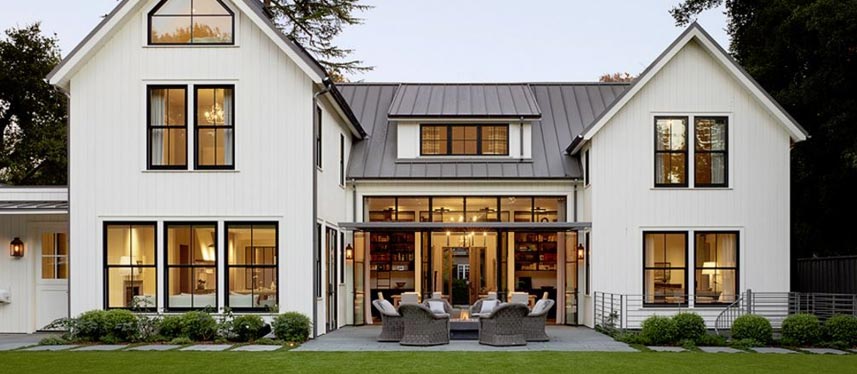
Exterior details
ADUs must match the exterior appearance of the primary dwelling, including roof pitch, colors, and materials, ensuring aesthetic coherence within the neighborhood.
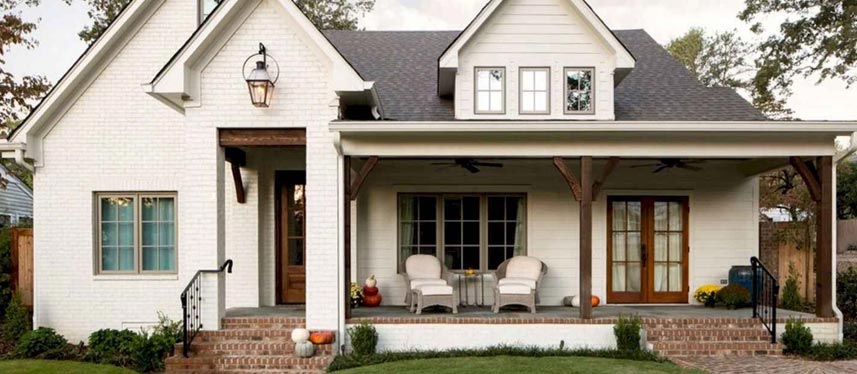
Parking
One additional parking space is required per ADU, except when located within half a mile of public transit or in designated historic districts.
Setbacks and buffer zones
ADUs must adhere to a minimum setback of 4 feet from side and rear property lines, ensuring adequate privacy and space between structures.
Minimum Lot Area
| Lot Size | Minimum Lot Area for ADU | Description |
| Under 7000 | ADUs not permitted | Smaller lots are not suitable for ADUs |
| 7000 - 9999 | 7000 sq ft | Ideal for modest-sized ADUs |
| 10000 - 12999 | 10000 sq ft | Allows for larger ADUs |
| 13000 - 19999 | 13000 sq ft | Suitable for family-sized ADUs |
| 20000+ | No minimum lot area requirement | Provides flexibility for expansive properties |
Connection for utilities
ADUs must connect to the primary dwelling’s utilities, ensuring efficient management of water, electricity, and sewage services.
Fire safety
ADUs must comply with all local fire safety regulations, including the installation of smoke detectors, fire extinguishers, and accessible escape routes.
Room specifications
- Sleeping Areas: Must include proper egress windows and comply with bedroom size requirements.
- Kitchen: Must have a sink, cooking appliances, and adequate counter space.
- Bathroom: Must include a toilet, sink, and bathing facilities.
- Storage: Must provide adequate storage space for residents, either built-in or free-standing.
Short-term Rentals and Home Occupations Regulations
ADUs in Castro Valley cannot be rented on a short-term basis (less than 30 days) and must comply with local home occupation regulations if used for business purposes.
Building codes
ADUs must meet all local building codes, including structural, electrical, plumbing, and mechanical standards, ensuring safety and durability.
Castro Valley ADU Permit Guidelines
| Permit Type | Description | Estimated Fee |
| Building Permit | Required for ADU construction. | $2500 - $5000 |
| Electrical Permit | Required for electrical systems | $400 - $700 |
| Plumbing Permit | Required for plumbing systems | $400 - $700 |
| Mechanical Permit | Required for HVAC systems | $400 - $700 |
| Grading Permit | Required for land grading | $300 - $500 |
| Site Development Permit | Required for site modifications | $300 - $500 |
| Zoning Permit | Required for zoning compliance | $200 - $400 |
Property requirements
Properties must meet specific criteria for ADU development, including zoning compliance, minimum lot size, and accessibility to utilities.
Parking
Adequate parking must be provided, typically one additional space per ADU unless exemptions apply.
Front setbacks
ADUs must maintain a front setback consistent with local zoning requirements, usually around 20 feet.
Side and rear setbacks
Side and rear setbacks for ADUs must be a minimum of 4 feet to ensure sufficient separation from property lines.
Open space and rear yards
ADUs must not infringe on required open space and rear yards, maintaining a balance between built and unbuilt areas.
Properties that qualify
To determine your property’s eligibility for ADU development, contact the Castro Valley Planning Department.
- Verify that your property is within Castro Valley’s jurisdiction.
- Check the specific residential zones that permit ADUs. Common zones in Castro Valley include R-1, R-2, and R-M.
- Other General Plan designations that permit ADUs:
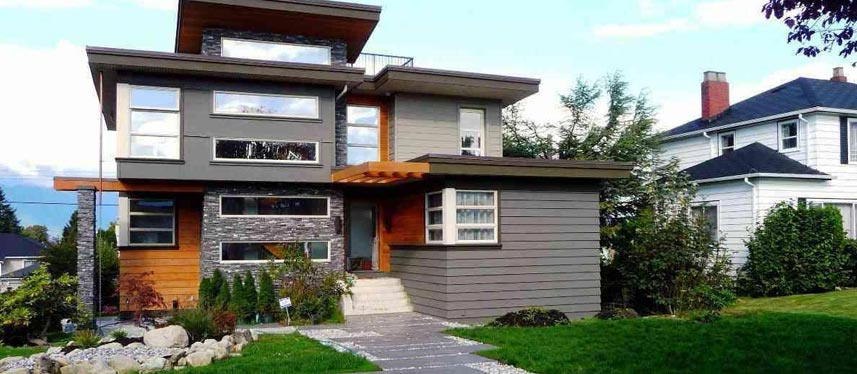
- Residential Mixed-Use (RMU): Allows ADUs to provide diverse housing options within mixed-use developments.
- Transit-Oriented Development (TOD): Supports ADUs near transit hubs to encourage sustainable living.
- Specific Plan areas: Tailored plans that accommodate ADUs within unique community contexts.
Development standards
Single-family
- Attached: Must share a common wall with the primary dwelling and have a separate entrance.
- Detached: Must be located in the rear or side yard, with independent access from the main dwelling.
Duplex properties
- Attached: Permitted within existing duplex structures, maintaining the architectural integrity.
- Detached: Allowed in rear or side yards, providing additional living space without altering the primary building.
Multifamily properties
- Attached: Permitted within existing multifamily buildings, typically converted from unused spaces.
- Detached: Allowed in open spaces within the property, such as courtyards or rear areas.
Junior ADUs (JADUs)
JADUs must be within the existing footprint of the primary dwelling, typically converting a portion of the home, like a garage or basement.
Property designations
- Flood Zones: ADUs in flood zones must adhere to specific construction standards to mitigate flood risks.
- Geohazard Zones: Must comply with regulations addressing geological hazards like landslides or earthquakes.
- Historic Designation: ADUs on historic properties must maintain the historical integrity and character.
- Easements: ADUs must respect any easements on the property, such as utility or access easements, ensuring no obstruction.
Summary
Castro Valley offers a supportive environment for developing ADUs, with clear regulations that balance community integrity and housing needs. Understanding and navigating these rules can be challenging, but ‘ADU Specialist Bay Area’ is here to help you every step of the way. From initial planning to final construction, we ensure your ADU project meets all local requirements, providing a seamless experience. Contact us today to start your ADU journey in Castro Valley, where flexibility and innovation meet to create practical housing solutions.
FAQ
Castro Valley allows both attached and detached ADUs, as well as Junior ADUs (JADUs) within the existing primary dwelling.
The maximum size for an ADU in Castro Valley is 1,200 square feet.
Yes, ADUs must not exceed 16 feet in height to ensure compatibility with the surrounding residential buildings.
ADUs must maintain a minimum setback of 4 feet from side and rear property lines.
The standard permitting timeline is approximately 60 days.
Yes, one additional parking space is typically required per ADU unless located near public transit.
ADUs are not permitted on properties smaller than 7,000 square feet.
ADUs in historic districts must maintain the historical integrity and character of the property.
ADUs must connect to the primary dwelling’s utilities, including water, electricity, and sewage.
Yes, but they must comply with specific construction standards to mitigate flood risks.
No, short-term rentals (less than 30 days) are not permitted for ADUs.
JADUs must be within the existing footprint of the primary dwelling and typically convert a portion of the home.
Yes, ADUs must comply with all local building codes, including structural, electrical, plumbing, and mechanical standards.
Yes, two-story ADUs are permitted with specific conditions to ensure they fit within the neighborhood’s character.
The process involves submitting plans, obtaining necessary permits (building, electrical, plumbing, etc.), and passing inspections.
Yes, ADUs must not infringe on required open space and rear yards.
Yes, but they must comply with regulations addressing geological hazards like landslides or earthquakes.
Properties must be within Castro Valley’s jurisdiction and comply with zoning and lot size requirements.
Yes, ADUs must match the exterior appearance of the primary dwelling, including roof pitch, colors, and materials.
ADUs must comply with all local fire safety regulations, including the installation of smoke detectors, fire extinguishers, and accessible escape routes.
ADUs must respect any easements on the property, ensuring no obstruction of utility or access easements.
The minimum lot area varies, with properties over 20,000 square feet having no specific minimum requirement.
Yes, exterior materials must match those of the primary dwelling to ensure aesthetic consistency.
Yes, specific plan areas accommodate ADUs within unique community contexts, with tailored guidelines.





